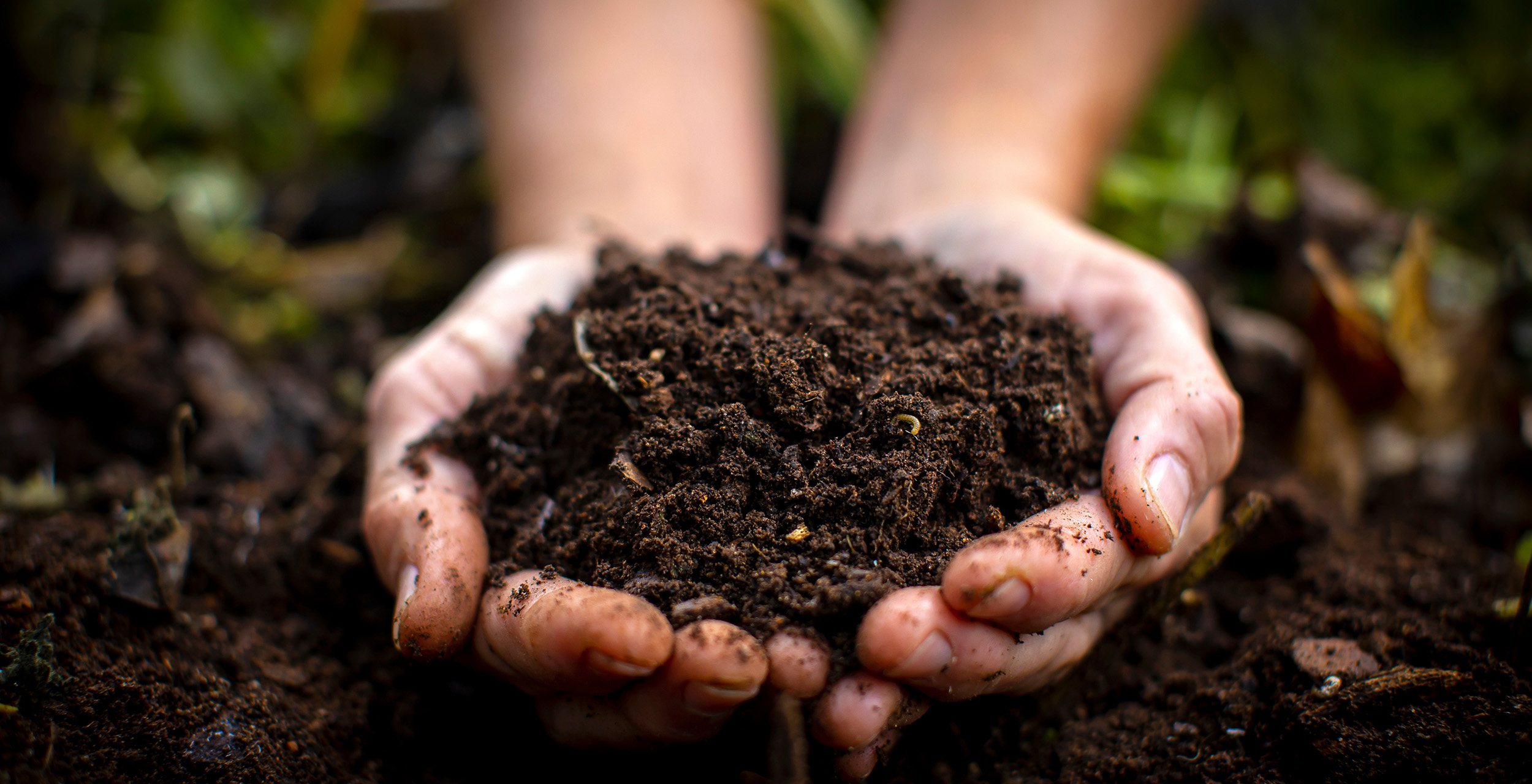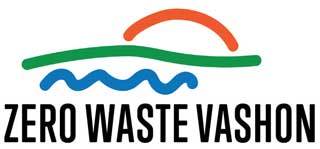Compost Facility proposal FAQ

Composted vegetation, yard and household waste create a black gold of garden soil for growing healthy plants.
Q: What is a compost facility?
A: A compost facility is a closely monitored process to turn organic waste into useable compost. The facility is highly controlled to monitor temperature, moisture, organism levels to ensure complete transformation into compost.
https://zerowastevashon.org/solutions-2/aerobic-composting/
Q: Will this replace home composting on the island?
A: Our landscapers use the bulk of compost imported to the island. Home composting is an important part of gardening. ZWV strongly supports continued home composting when feasible and encourages all to try it. https://zerowastevashon.org/home-composting-systems/
Q: How large will the facility be?
A: Planned capacity will be 3000-6000 tons per year. This is about 1/100th the size of Cedar Grove’s facility. This volume is less than Vashon currently imports onto the island via landscapers and store-bought bags.
Q: What are the benefits of composting on island?
A: There are many benefits for Vashon. Some are:
- Organics remain on island greatly reducing the transportation carbon footprint
- Compost amended soils are healthier, have better tilth and greater drought resistance
- Compost improves island soils ability to sequester carbon
- Reduced pesticide and synthetic fertilizer dependency
- Reduced greenhouse emissions
- Reduced water contamination
- It’s good, circular economics
Q: What will be in the compost?
A: Yard and food waste
Q: Where will it be?
A: TBD
Q: What will it cost? Will it raise my taxes?
A: The cost will depend on several factors including location, design, type of facility, permitting, etc.. KCSWD does not have taxing authority. The project is essentially self-funded. Eliminating trucking organics off-island will result in significant savings for the county, a reduction of waste and greenhouse gas emissions, and a step toward the goals of keeping organics out of the landfill.
Q: Will there be a fee?
A: TBD. This is part of what the survey was trying to determine.
Q: Will there be residential organics collection (3d bin)?
A: KCSWD asked for community feedback on residential organics pickup (third bin) via the survey. ZWV strongly advocates for residential 3d bin and commercial collection in addition to drop-off at the transfer station. This will afford greater convenience and access for residents that do not use the transfer station. 99% of King County already has this option. It is important in order to reach the volume necessary to maximize the benefits of the facility. Third bin organics pickup is at a lower rate than garbage collection. This can help lower the average garbage collection bill.
Q: How does this help address climate change?
A: An on-island, community compost facility would eliminate the many trips needed to haul our yard waste to Cedar Grove and the return trips with an empty truck. This costs over $250,00o a year. In addition, it could help dramatically reduce the number of trips off-island by island landscaping companies that they make to bring back loads of compost. A major soil company reported to ZWV that they import about 1,400 cu. yds. of compost a year to the island. That’s over 100 trips! By composting our food waste we reduce landfill methane emissions and we are able to sequester the carbon back into the soil. This is why California has banned food waste from its landfills. Additionally, compost returned to the soil helps sequester carbon while providing plants valuable nutrients. This reduces the need to import fertilizers to the island while making our gardens healthier.
Q: What about odors?
A: There are several ways to address odor. An enclosed facility makes it easier but is not always necessary. The most common solution is the use of biofilters. These are low-cost and quite effective. Another possible solution is in-vessel composting where the compost is made inside of a large, sealed container with controlled airflow, both in and out. Regardless of the method, the best way is to incorporate the food waste immediately into the compost pile and then cover it either with a tarp or more compost.
Q: What about vermin control?
A: Vermin control is a priority at any organics collection site whether this be gulls, coyotes, rats, or eagles. This will be a prerequisite for good facility design and operation.
